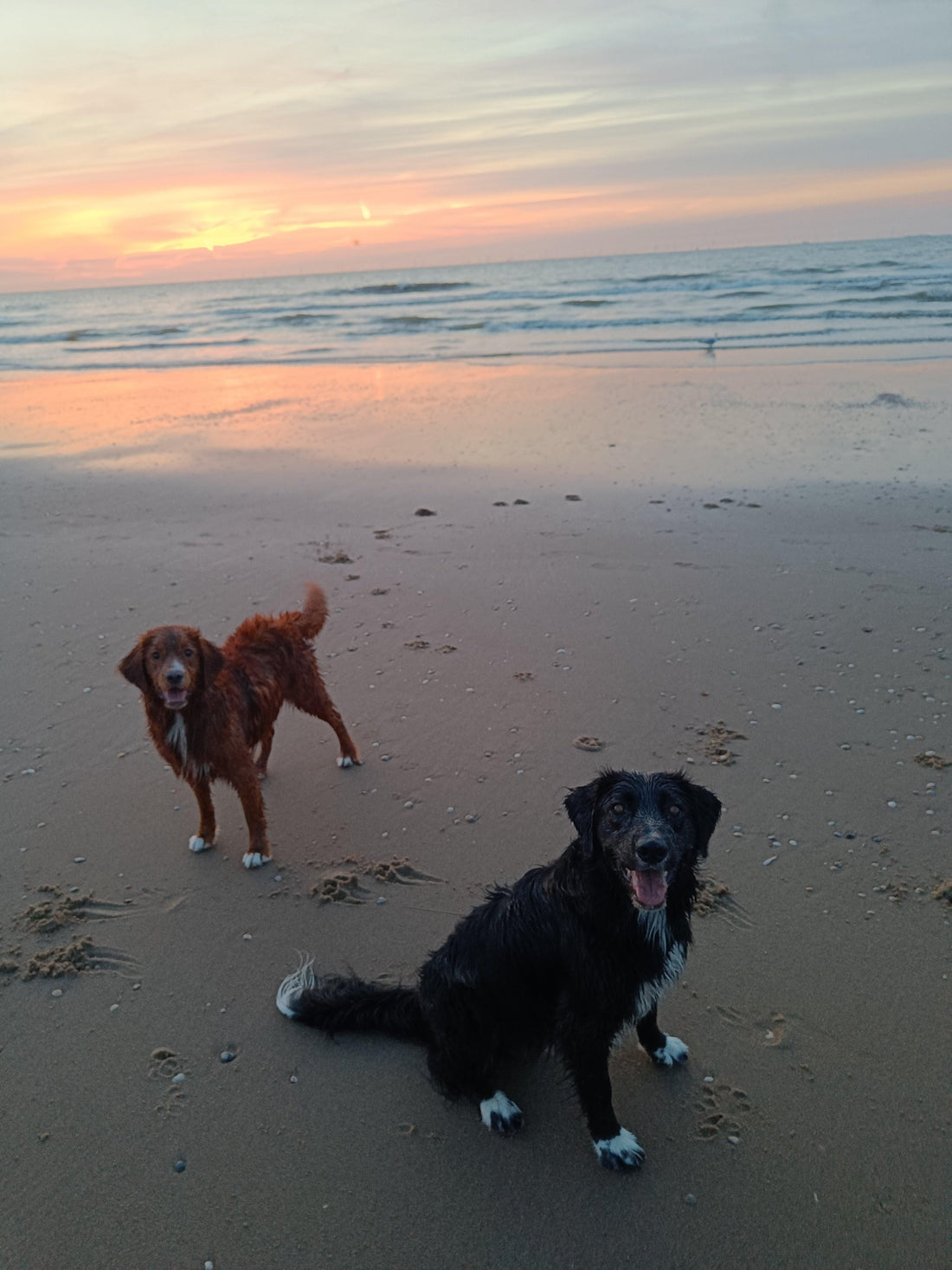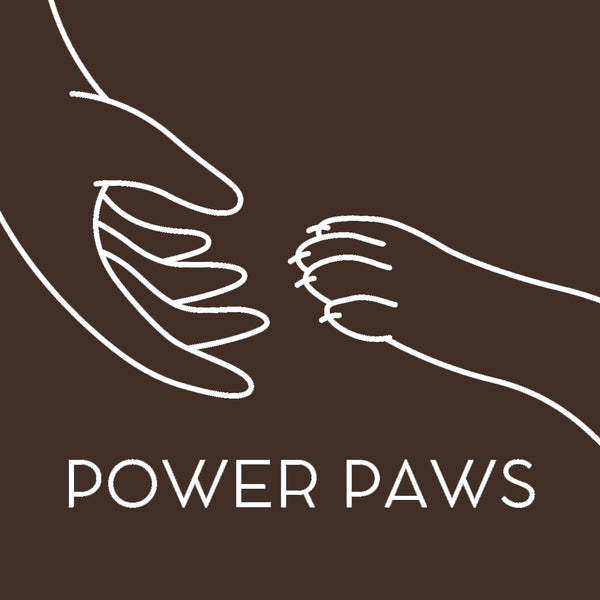
Boundaries and clarity
Simone HendriksenShare
Like any social animal, dogs do best with clear boundaries and consistency in their social structure. Inconsistent or unclear routines can cause anxiety or leave your dog unsure of how to act in certain situations. In the wild there are pack leaders who provide guidance and protect the pack. By stepping into this role you can meet your dog's needs in a natural way. You and your dog are a team, but we are responsible for ensuring the health and safety of our dog.
For example: a roommate sometimes doesn't mind if you leave your dirty dishes, but on some days demands that you put your dishes clean in the cupboard. This is confusing and that lack of clarity can be frustrating.
In addition to safeguarding these boundaries for us, it is also important that we protect our dog's boundaries. Borders are a '' two way street''. An example of this is when I'm eating, my dog leaves me alone. When my dog is eating, I leave him alone. Strange people wanting to pet him, a loose dog running towards us, children teasing your dog; These are all situations where we need to stand up for our dog and protect them from situations in which they do not feel comfortable. By protecting our dog's safety and boundaries, a dog will come to trust you and feel safe with you.
By saying "no" with a clear, calm energy when a dog does something that is not allowed, you set a boundary. You don't have to yell or get angry, but you do have to be clear about what you want. For example, if your dog wants to jump on the bed, but is not allowed to do so, you clearly say "no" and stay there until the dog jumps off on its own or walks away. It is important that you let the dog leave itself, because then you know that the message has been received. If you pull or push the dog, this often has the opposite effect. Claim your space and make this clear.
Dogs that are allowed to do everything and have never heard 'no' (i.e. a spoiled dog) often listen poorly. In that sense they are like children, if they are always told 'yes' and you say 'no' once, they shout and stomp because they always get their way. They are difficult to control, and getting them to respect authority and boundaries is a challenge. It can be tempting to always say yes, after all, we love our dogs! However, in the long run, you will do your dog much more good by having clear boundaries. If a dog does not have clear boundaries, this can cause them to take on the leadership role. This results in a restless dog that does what it wants, doesn't listen well and demands attention when it wants it.
Just to summarize:
-
A dog that hears 'yes' all the time will start to think he is in charge. And when they think they are the leader, behavioral problems such as barking, aggression and disobedience emerge.
-
Saying “no” does not have to be accompanied by anger and negativity. Using a calm energy while saying "No" can go a long way in communicating what you want.
-
Saying "no" to your dog is one of the most powerful ways to show that you are in charge.
-
By stepping into the leadership role, your dog will start to trust you and feel safe in your presence.
Do you have difficulty maintaining boundaries or being consistent with them? Please do not hesitate to contact me, I will be happy to help you restore order in your home!
